The special military operation in Ukraine proved once again that fighting is not only a contest of willpower and moral courage, but also a confrontation of high technologies. The development of military means has become a global trend.
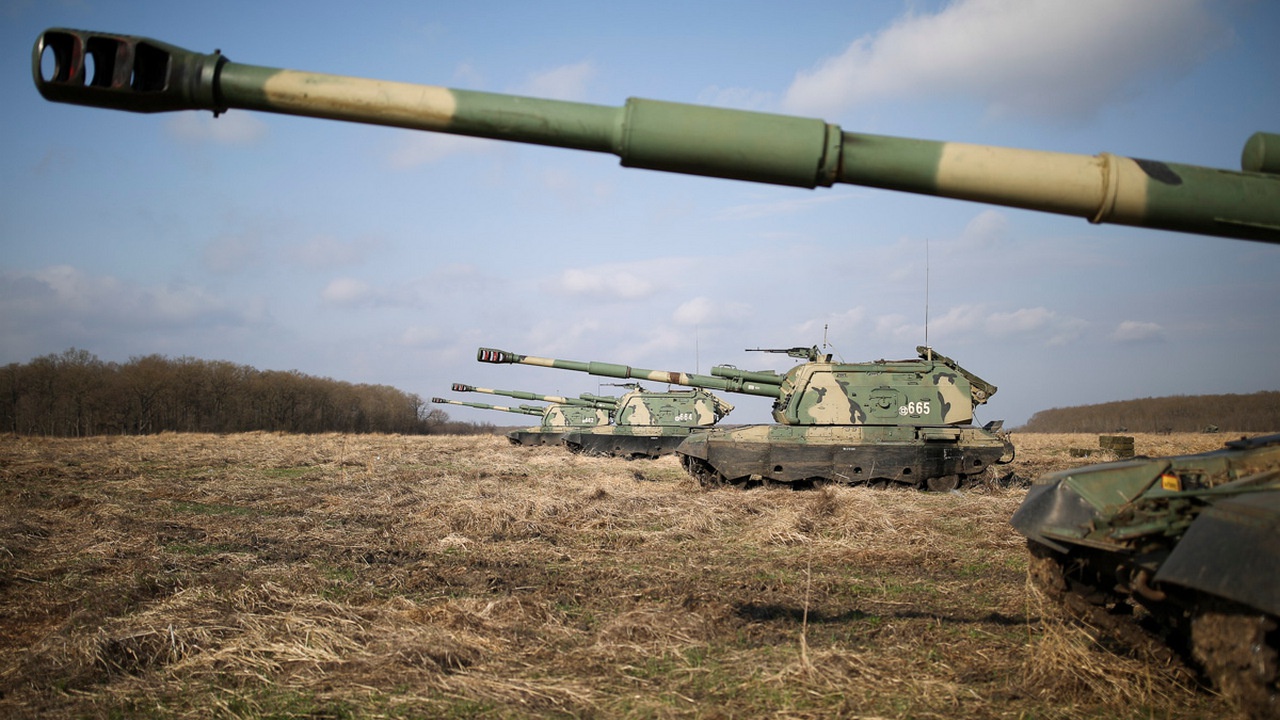
A new state armament program (SAP) should be formed by the middle of the year 2023, taking into account, on a compulsory basis, the experience of a special military operation in Ukraine. According to some reports, it will mainly concentrate on the development and creation of so-called unconventional weapons.
Among other things, directed energy weapons, kinetic energy weapons, control systems using artificial intelligence and robotic systems. Back in April, Russian Deputy Prime Minister Yuri Borisov reported this to Russian President Vladimir Putin.

Meanwhile, rather curious developments have already begun to appear in the nomenclature of the domestic defense system. For instance, the creation of shooting complexes continues, which differ from their predecessors in the ability to independently analyze the situation, independently qualify targets and independently open fire in order to kill. What is more, the «self-sufficiency» of small arms of the near future, which is being developed abroad and in our country, is such that it’s a high time to think about how necessary the shooter himself is.
For some time now, the prevailing opinion is that the operator of the small arms system will have the only function — making a decision on the use of weapons. The gun barrel will do everything else by itself.
The «nervous» principle
As part of the development of «smart» weapons, the domestic defense industry has already created some elements of a promising shooting system. For example, the Kalashnikov concern is developing the so-called weapons of the future which are based on the use of neural networks (from the Greek “neuron” — vein, nerve), which make it possible to recognize and qualify targets. It is supposed that artificial intelligence (AI) will increase the accuracy of shooting, automatically bring in the necessary corrections, increase the effectiveness of using weapons in bad weather conditions and at night. Moreover, the developers intend to use neural networks which are «trainable», that is, capable of self-correction. But even with maximum automation of the use of small arms, artificial intelligence (AI), obviously, will remain under human control.
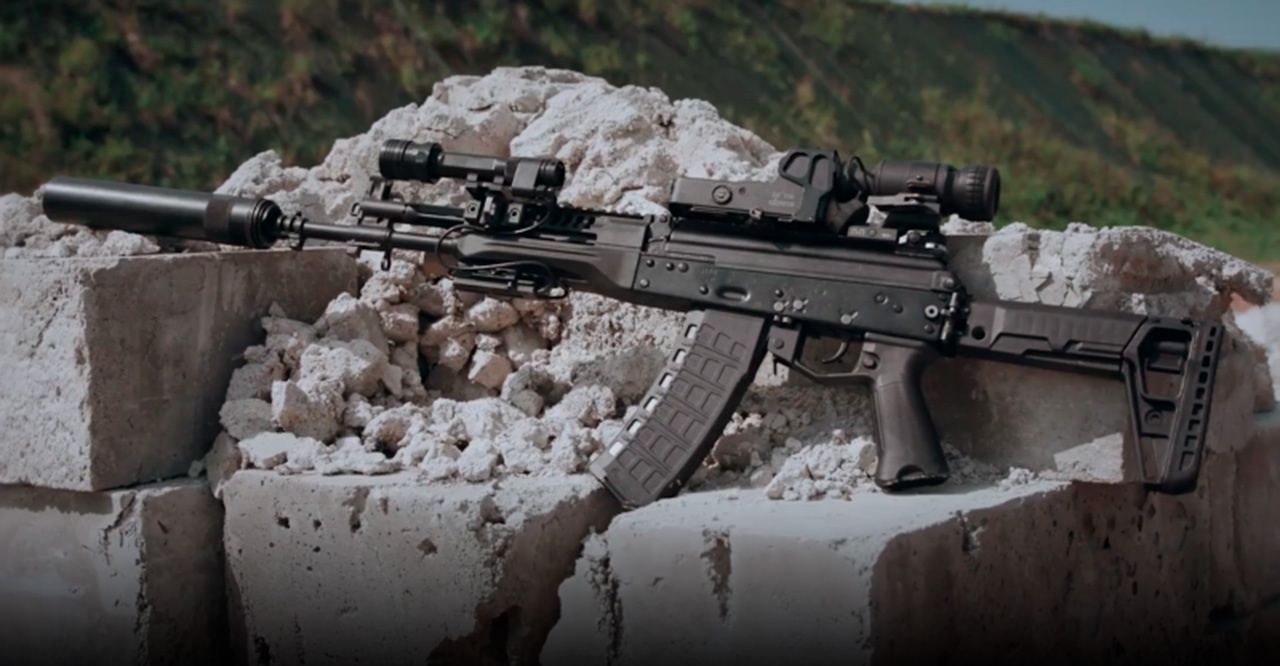
Weapons based on the use of neural networks are one of many examples of creating weapons made with new physical principles. And we must admit that Russia has gone far ahead in this area.
The innovative types of weapons include hypersonic weapons, compact low-power nuclear systems, self-propelled robotic systems, multifunctional systems using kinetic, electromagnetic, and laser effects.
By the way, robotic and unmanned systems have significantly minimized the loss of personnel in Syria.
In three barrels
But there are samples of weapons that have been formally placed in the section of military exotics for a long time, but at the same time are actively used in military activities, as it’s said, here and now. According to the developers of modern weapons systems, this is because the principles underlying in the «exotic» samples may well be applied in advanced models — of course, on a new technological basis, using new materials and other innovations.
A relatively new example. During the recent fighting in Karabakh, an unusual artillery system was in active use — the Yugoslav triple-barreled 20-mm gun M55 Zastava. This unique tool entered service 65 years ago and managed to fight in Croatia, Bosnia, Kosovo and Macedonia before Karabakh.

«Zastava» exists as a towed weapon and as a self-propelled system on the chassis of a cavalry carrier. At one time, the Socialist Federal Republic of Yugoslavia (SFRY) exported this weapon mainly to third world countries, in particular, to African states where it was really popular. Zastava was also used during military conflicts, including the civil wars in Lebanon and El Salvador.
The rate of fire of the M55 is up to 700 shots per minute. The effective firing range for aerial targets is 4000 m, for ground targets — up to 5500 m. Shells are from drum magazines. Each of the three drums holds 60 rounds of ammunition.
In the army of Nagorno-Karabakh, these guns of Yugoslav origin were installed on the roofs of light armored MT-LB tractors, while the shooter was partially protected by armor. According to experts in weapons, these artillery systems served as fire support vehicles and fired mainly at ground targets.
In general, sometimes the best technologies can be found in the well-forgotten past.
“Let’s go, comrade, let’s shoot one at a time…”
As it turns out, the armory capital of Russia creates not only military weapons, but also gift weapons, as well as, if we can say so, «joke weapons». The Central Design and Research Bureau of Sporting and Hunting Arms (CDRB SHA) — a branch of the «Instrument Design Bureau» (IDB), it’s like an entertainment: machine guns reduced by half, pistols firing blank cartridges, also half as small as combat ones. Mainly, such weapons are presented as a gift to meritorious people or it is distributed among collections.
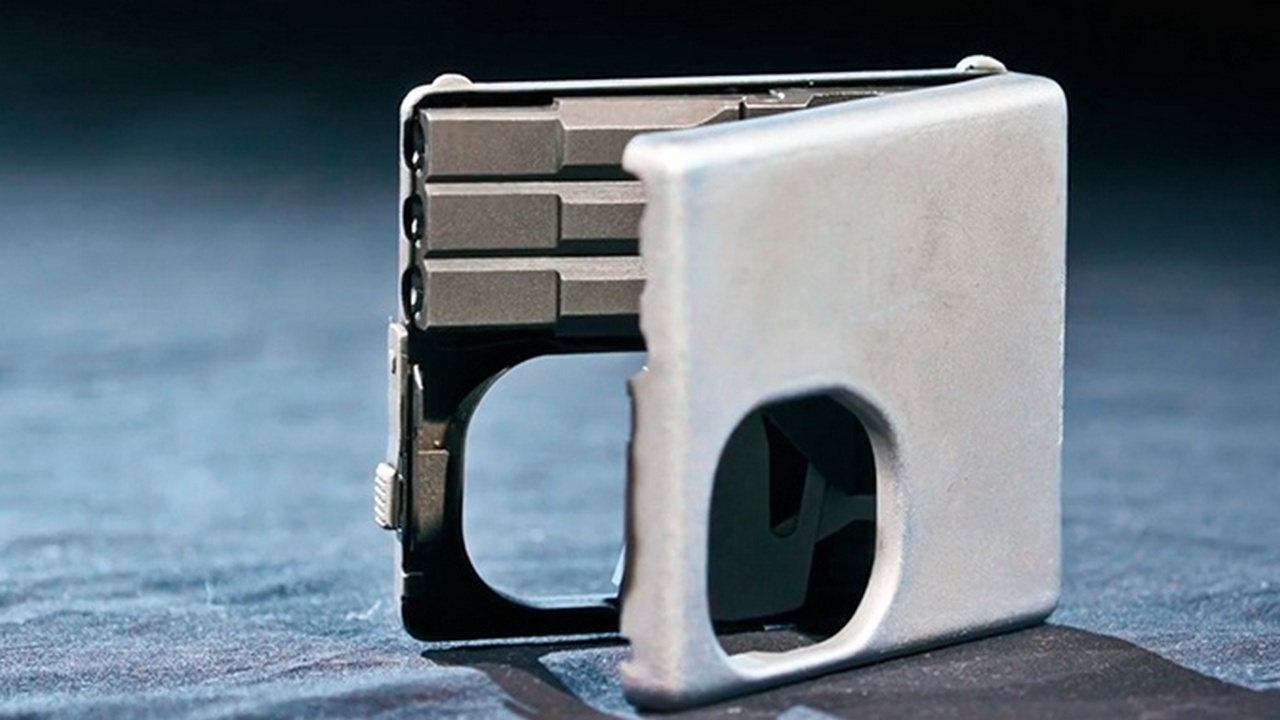
But in addition to the small-sized exotics, CDRB SHA and other related companies also produce compact military weapons for concealed carrying, which is armed with special services and is used for self-defense. For example, a shooting cigarette case. Like the three-barrel gun «Zastava», last year the «cigarette case» turned 65 years old. It was developed by the famous weapons designer Igor Stechkin. Today, an exotic cigarette case-pistol from the CDRB SHA has moved to the Tula Museum of Weapons.
There is a well-known story when Stechkin, «punching» the industrial production of his pet project, secretly carried a shooting cigarette case to the Lubyanka without being noticed. The pistol is related to the Yugoslav «Zastava» by the fact that it also has three barrels. The trigger is a latch. Cartridges, apparently, are special, artlessly named by Stechkin SP-1 and SP-2. The shooting is silent and flameless.
In a real situation, a cigarette case has never been fired, and today the law prohibits the development of weapons «in the form of household items.»… But, as far as is known, the intelligence service has its own laws.
By the way, many years ago, a colonel Vladimir Marchenko, who was a commander of MIS special forces units, showed me a serviceman’s shooting knife. It can be fired with a special cartridge only once, but absolutely noiselessly. As far as we know, the shooting knife has not yet been removed from service.

A gun that shoots a «toxic» substance is also in use. Its name «Udar-M2» stands for «Metered aerosol spraying device». This non-lethal means of self-defense can be purchased without a license.
Shot from the corner
A weapon with a curved barrel, firing from behind a shelter, was used during the Second World War. For example, the Germans used a nozzle on a rifle called Krummerlauf. Nevertheless, it was impossible to conduct accurate fire with the nozzle, the ballistic properties of the bullet also deteriorated. But soon the so-called trench guns appeared, equipped with a periscope system that allows firing from shelter to kill.
Over the years, the idea of targeted shooting from shelter has acquired, so to say, new technical «outlines». In order to protect a fighter (mainly a sniper) from an enemy bullet, the American TRAP T2 (Telepresent Rapid Aiming Platform) program was announced and implemented in 1998. In fact, it is a stationary remotely controlled robot with a rifle, connected by radio with an operator, which can be located at a distance of up to a hundred meters. However, this shooting combination didn’t become popular due to the high cost and limited mobility.
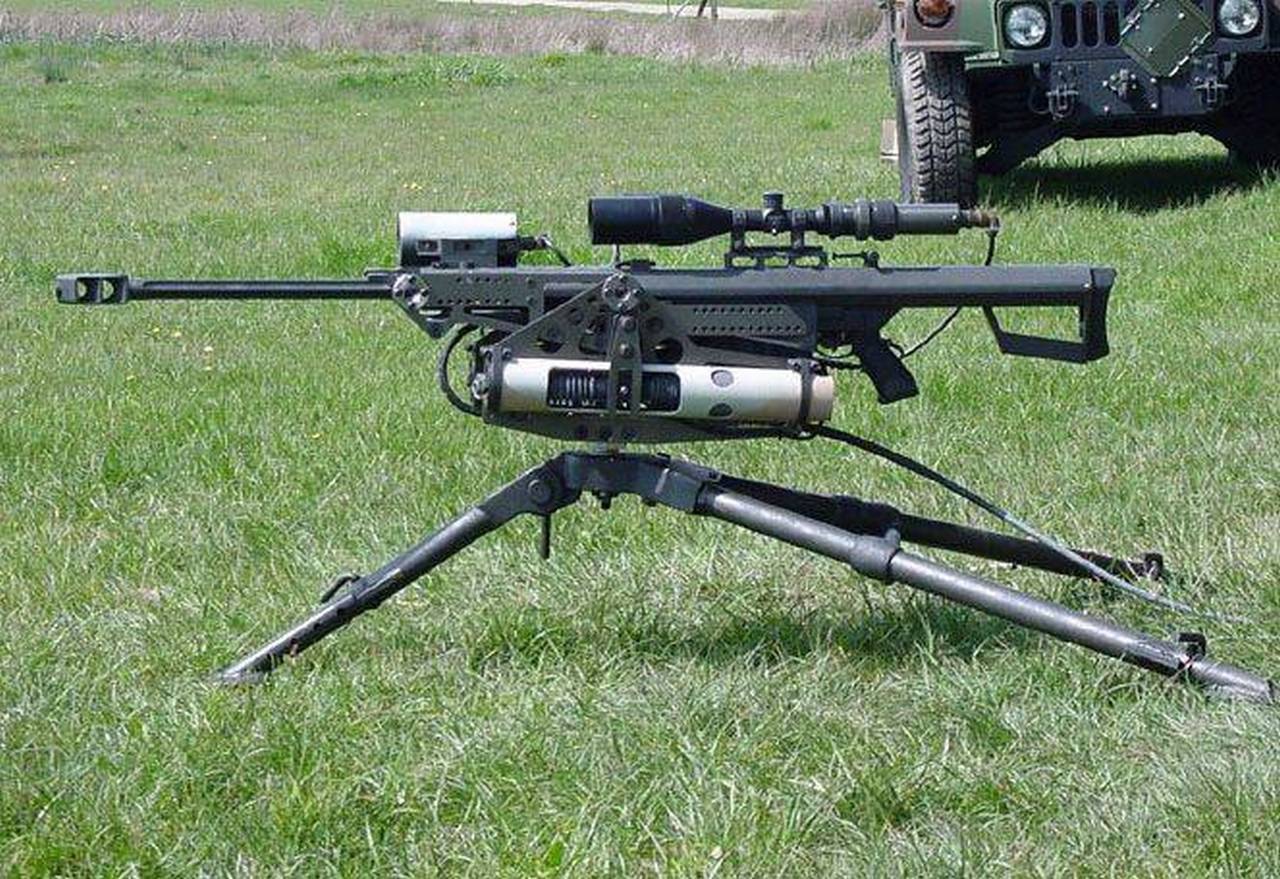
But both a pistol and a rifle, and even a 40-mm grenade launcher with a video camera, intended to conduct accurate fire in cramped rooms from the corner, have quite taken root and are used in assault operations. The French FELIN system won the championship in shooting from around the corner, the design of which is simple: an infrared sight is mounted on a sniper rifle, which has a connection with a helmet-mounted surveillance device.
Besides, a similar project — Land Warrior — was implemented in the USA in the 2000s. There was also a more advanced program of shooting from shelter — Rapid Target Acquisition (RTA). The installation is compact, lightweight and even energy efficient: the helmet-mounted night vision monocular is connected wirelessly with a thermal imaging sight. Simple and effective…
Mine bacteria
The Defense Advanced Research Projects Agency (DARPA) and Raytheon have been developing a mine and improvised explosive device detection system for a long time. The new system will use modified bacteria to search for explosive objects.
Today, as is known, metal detectors, thermal imaging systems and animals are used to search for various explosive devices. This work requires time, labor, and also, there is a constant threat to the health and life of sappers. Nevertheless, this exotic novelty will make this process safer.
The point of the idea: the unmanned system sews the surveyed area with modified bacteria, which — upon contact with an explosive substance — throws out a protein emitting a fluorescent glow. It will be registered by sensors on board.
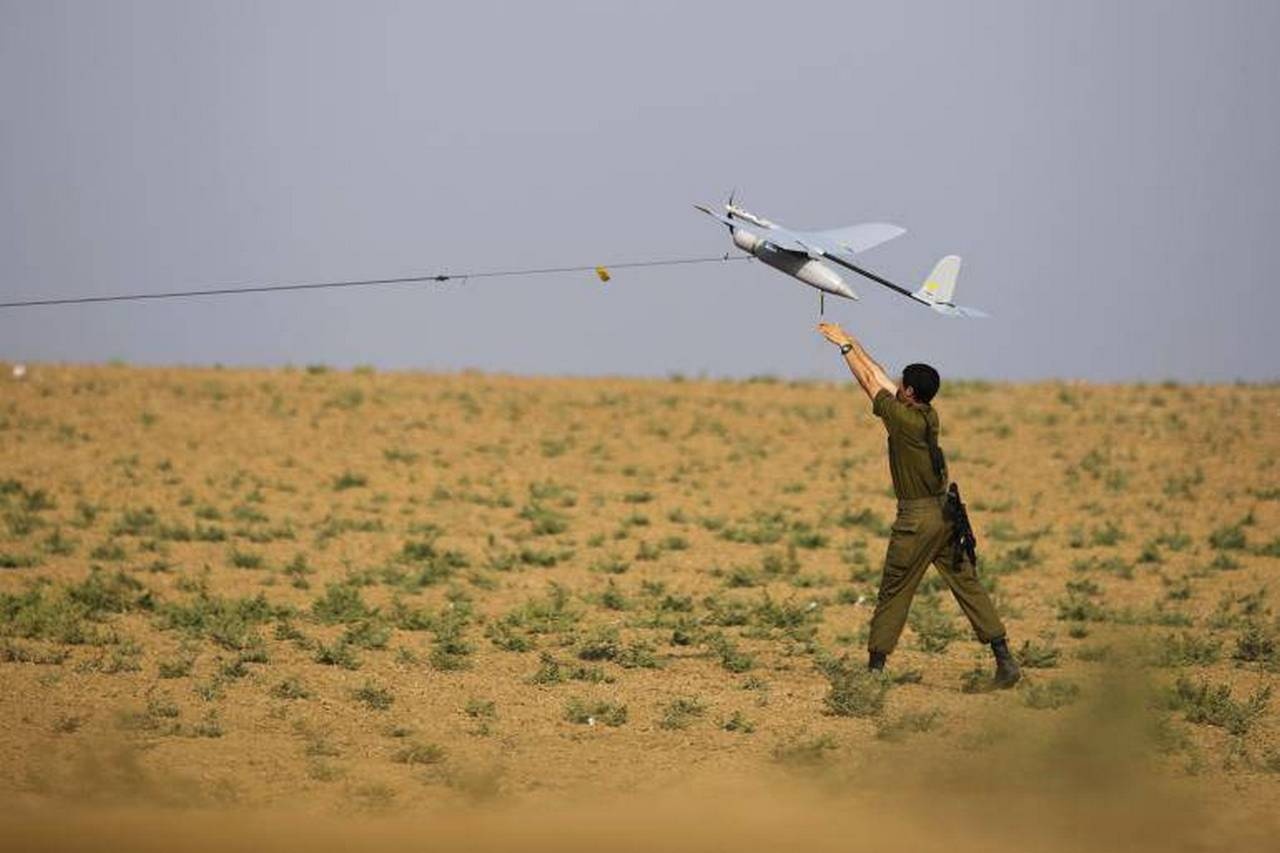
It is not specified which explosives can detect modified bacteria. But it is known that the beginning of the idea was made in 2017. Then researchers from the Hebrew University in Jerusalem presented modified Escherichia coli capable of producing a fluorescent protein in contact with trinitrotoluene or its decay products. And the IDF has adopted Escherichia coli.
«Babylon», a descendant of «Dora»
The Americans have been going to create a «1000-mile cannon» for a long time which should destroy remote targets that are inaccessible to other weapons. As the name of the system implies, a new type of cannon will be able to beat 1,000 nautical miles (more than 1800 km). The main problem is that the project will have to use such brave and advanced technologies that the cost of the product may be unacceptably high.
The first tests of the new system took place at the Naval Support Facility Dahlgren. A rail gun for the Navy was tested at the same test site.
It is not fully known how exactly it is planned to provide a firing range of 1,000 miles — with the help of what kind of ideas and technologies. Today, the most advanced of the US serial artillery systems, the M109A6 Paladin self-propelled tank, shoots only 25 miles. The longest-range cannon of the Second World War, the German Dora, sent shells for 28 miles.

And in the late eighties, Canadian scientist and designer Gerald Bull, commissioned by Saddam Hussein, created the System 350 super cannon (Babylon project) with an estimated range of 265 miles. They tried to implement the project during the Iran-Iraq war but for different reasons (most likely because of the murder of the designer) it was not completed.
In the current American project of a 1000-mile cannon, it is supposed to use an active and reactive projectile. In fact, we are talking about well-known solutions, but on a different scale. Particularly, a large-caliber projectile can receive a large charge of solid fuel sufficient to significantly increase the flight range. The US military believes that the cannon will make it possible to attack remote targets without involving the Air Force. It is assumed that the pilot system will be tested in 2023.
Blinding «Buttercup»
Ruselectronics Holding of Rustec State Corporation showed its novelty — a carrying visual-optical interference station «Buttercup-N» which can be used in special operations and counter-terrorism campaigns. The device installed on the equipment allows to temporarily blind the enemy, including those equipped with a weapon with an optical sight, at a distance of up to 100 meters.
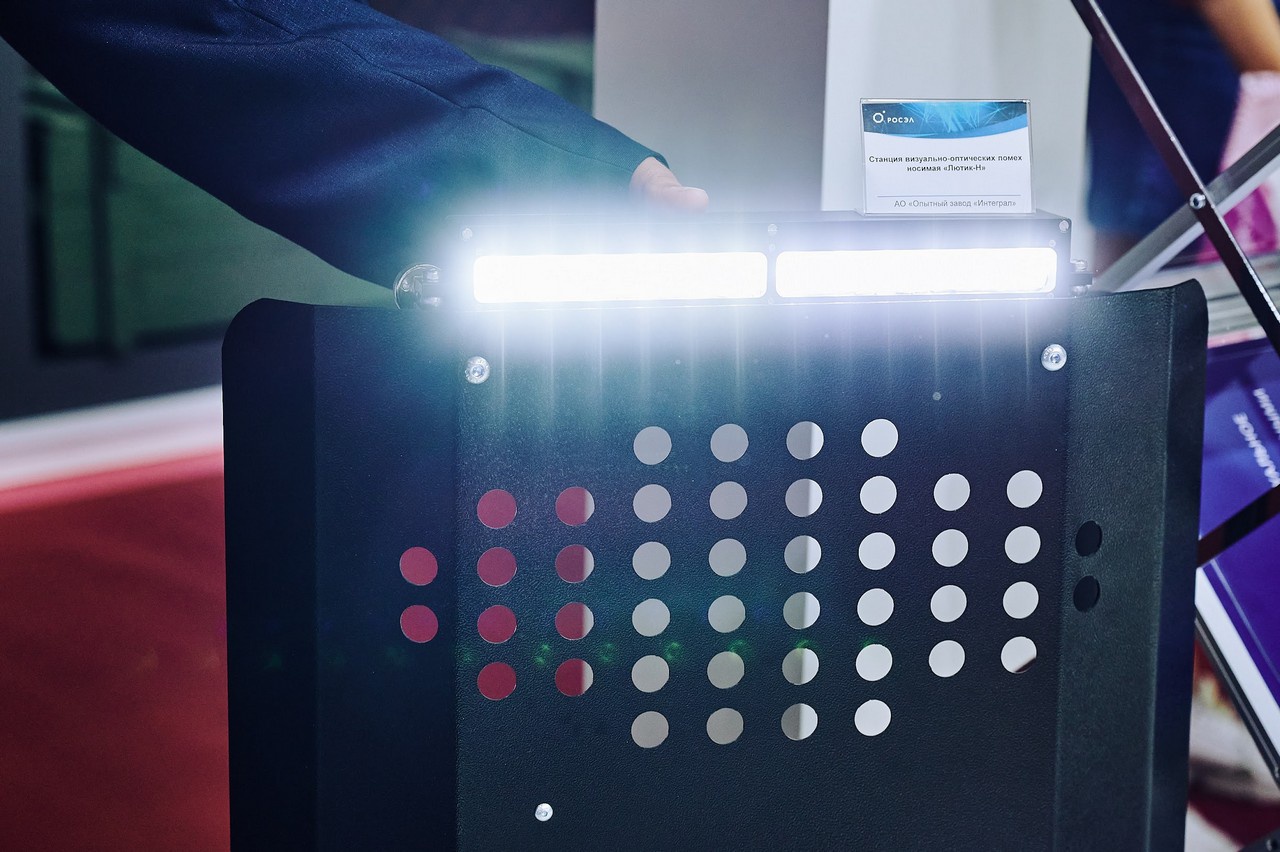
The weight of the station enclosed in a shockproof sealed housing is 2.2 kg. «Buttercup-N» serves at temperatures from -40 to +40 °C, the duration of use in interference mode is 85 minutes.
«Buttercup-N» is fully integrated into the global trend of using non-lethal means to neutralize terrorists. For law enforcement agencies, Ruselectronics plans to produce up to 20 thousand such stations per year.
Non-falling «Listva» (Foliage)
The 15M107 «Listva» remote mine-clearance machine doesn’t need a special introduction. But not everyone knows that it is also armed with a microwave gun. A multi-zone search module detects explosive devices, and a microwave generator with an emitter (the same gun) destroys identified objects from a safe distance.

To be more specific, the «microwave cannon» on board of “Listva” disables the electrical and electronic components of explosive devices in the 90° sector at a range of up to 50 m. Under the influence of an electromagnetic pulse, the elements of the mine simply «burn out».
«Listva» has been accepted for service by the Strategic Missile Forces (RSMF), and is mass-produced. A remote mine-clearance vehicle accompanies mobile ground-based missile systems on combat duty.
There are no reservations that military-technical thought isn’t at a stop. Various «smart» combat systems have long learned not only to use weapons faster than a person but also to think faster, and yet the last word remains with the person. Only he/she can decide whether to fight or not to fight.
